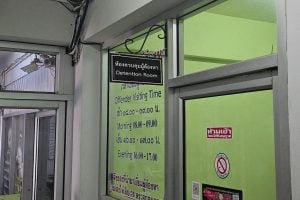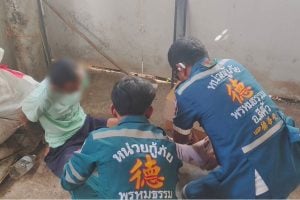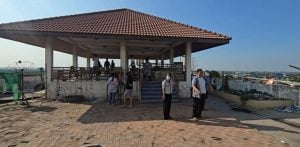See the best of Northern Thailand this winter on a budget
Here’s how to travel through Chiang Mai, Pai, and Chiang Rai this cool season without overspending

The Thaiger key takeaways
- Peak season brings higher prices, but smart planning and local know-how can help you experience Northern Thailand affordably.
- Chiang Mai, Pai, and Chiang Rai offer plenty of free or low-cost attractions, from temples and canyons to tea plantations and night markets.
- SafetyWing Nomad Insurance gives travellers peace of mind with flexible, borderless coverage ideal for long stays or winter escapes.
Northern Thailand in winter (or the cool season) has a charm that catches people by surprise. The air feels cool and refreshing, the skies turn a sharp shade of blue, and the hills look like they’ve been brushed clean.
It’s the season when Chiang Mai glows with lanterns, when Pai’s rice fields shimmer under the sun, and when Chiang Rai’s white temple catches the morning light perfectly. Plus, you don’t need deep pockets to enjoy any of it. Travelling through Northern Thailand in winter can be surprisingly affordable if you know when to go, what to skip, and where to save your baht.
On this page
| Click to jump to section | Summary |
| When to go and when to hold off | Learn the best and worst times to visit, including why prices surge around festival season and when it’s better to wait. |
| Free and (nearly free) things to do in Northern Thailand during the winter | Explore temples, trails, and markets across Chiang Mai, Chiang Rai, and Pai that won’t stretch your budget. |
| How to stretch your baht | You can travel comfortably for around 1,000 baht a day, with affordable stays, local meals, and midweek savings. |
| How to stay safe during your Northern Thailand trip this winter | Stay protected on the road with SafetyWing’s Nomad Insurance, made for travellers who live and work abroad. |
When to go and when to hold off
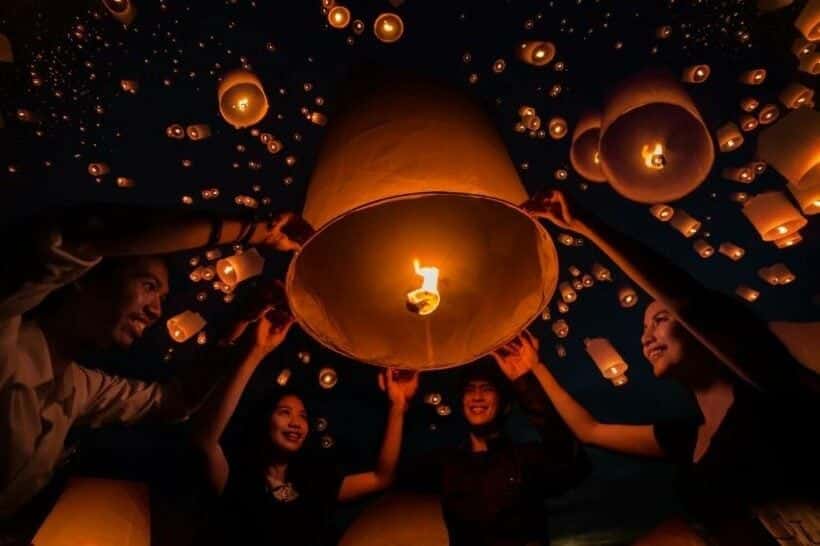
The cool season in Northern Thailand runs from November to February, and it’s widely seen as the best time to travel to the area. With an average temperature of 17ºC to 26ºC, the days are comfortable, especially in places at higher altitudes. The nights can even be colder, and you’ll need a jumper in Pai or Mae Hong Son once the sun goes down.
The start of the season, in early November, is beautiful but busy. The Loy Krathong and Yi Peng festivals light up the rivers and skies of Chiang Mai with thousands of glowing lanterns. It’s a magical sight, but it is also when prices jump. Hotels fill up fast, and restaurant tables are packed.
You can still join in without spending much by heading to public spots like the Ping River or Buak Hard Park, where people gather to float Krathongs made from banana leaves and candles. There is no fee to take part, and the atmosphere is warm and welcoming.
After the festivals pass, the crowds ease up. The most comfortable window for budget travellers is from mid-November to early January. The weather stays perfect, the skies are clear, and the air is still crisp.
By late February, things change. Farmers begin burning fields in preparation for the next planting season, which leads to heavy smoke and poor visibility. The haze can last for weeks, so it is best to finish your trip before the end of January if you want mountain views and fresh air.
Free and (nearly free) things to do in Northern Thailand during the winter
1. Chiang Mai
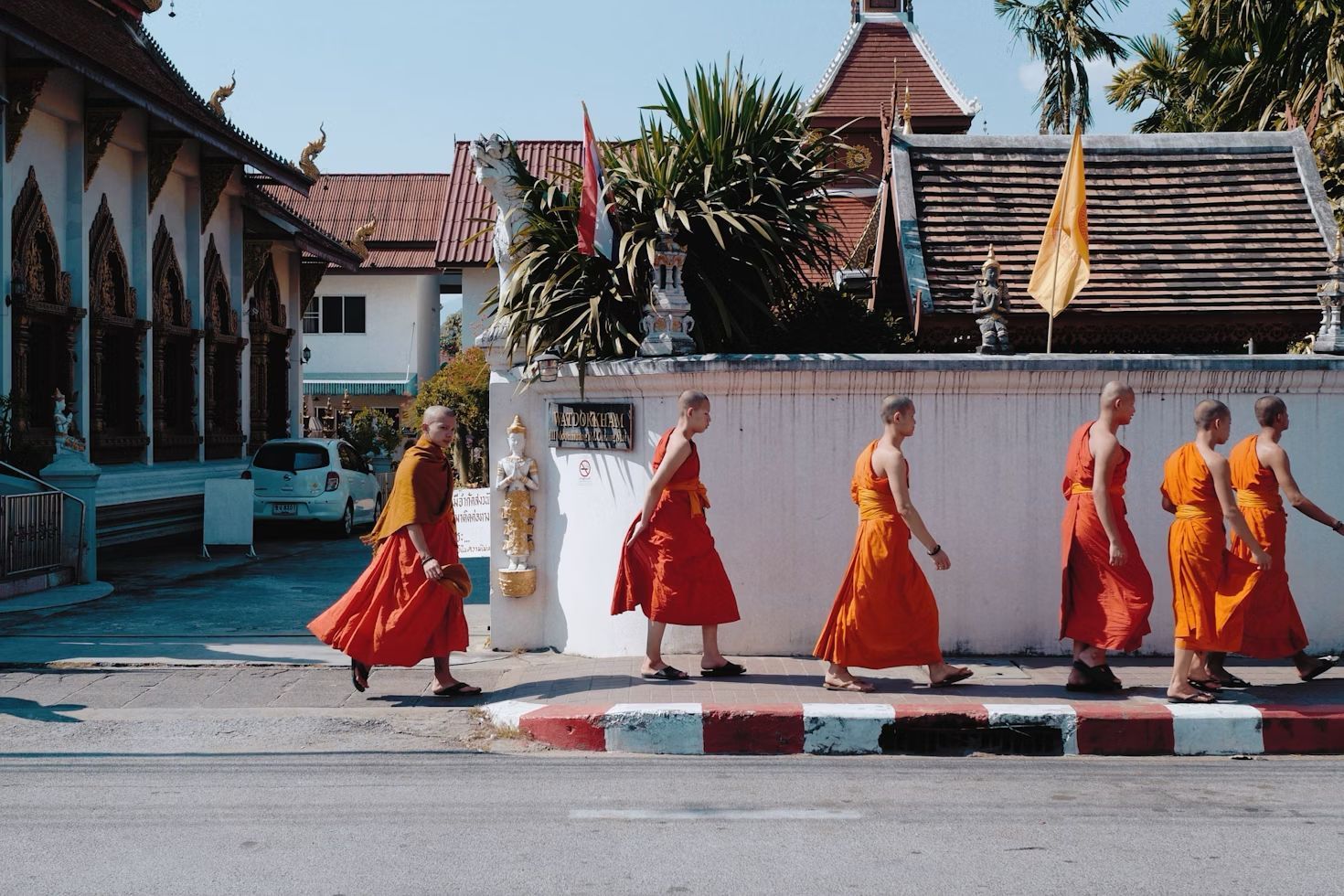
The Old City has a square moat, with temples, cafés, and markets on practically every corner. You could spend days wandering its streets without paying for anything other than the odd snack. Most temples are free. Wat Lok Molee and Wat Jet Lin are especially atmospheric during the Loy Krathong festival when they are covered in candles and lanterns. Wat Chedi Luang and Doi Suthep, two of the most historic temples, charge a small entry fee but are still affordable.
Nature lovers have plenty of options, too. The Monk’s Trail to Wat Pha Lat is a beautiful jungle walk that ends at a hidden temple overlooking the city. Nong Buak Hard Public Park and Ang Kaew Reservoir are quiet, green places to relax. Huay Kaew Waterfall is a short ride from the city and has no entry fee.
Another thing you need to check in Chiang Mai is the cafe culture. There are plenty of cute cafes to explore, some with baristas who win world-class awards and affordable but delicious items on their menu. Therefore, make sure to go cafe-hopping while you’re in the city.
2. Chiang Rai

Chiang Rai feels quieter and more spacious. Its most famous sights are the temples, many of which are free to enter. The Blue Temple, Wat Rong Suea Ten, is a masterpiece of blue and gold that glows under the afternoon sun. Wat Huay Pla Kang, with its massive white statue of the Goddess of Mercy, offers panoramic views without an entry charge.
The White Temple, Wat Rong Khun, is the only major site with an entrance fee, but at 100 baht it remains a bargain. The intricate white design glitters under the sun and is unlike any other temple in Thailand. Time your visit early in the morning or near sunset when the light is soft and the tour groups are gone.
Chiang Rai also has a handful of tea plantations open to visitors. Most do not charge for entry, and you can sip fresh oolong or green tea while looking out over the hills.
3. Pai
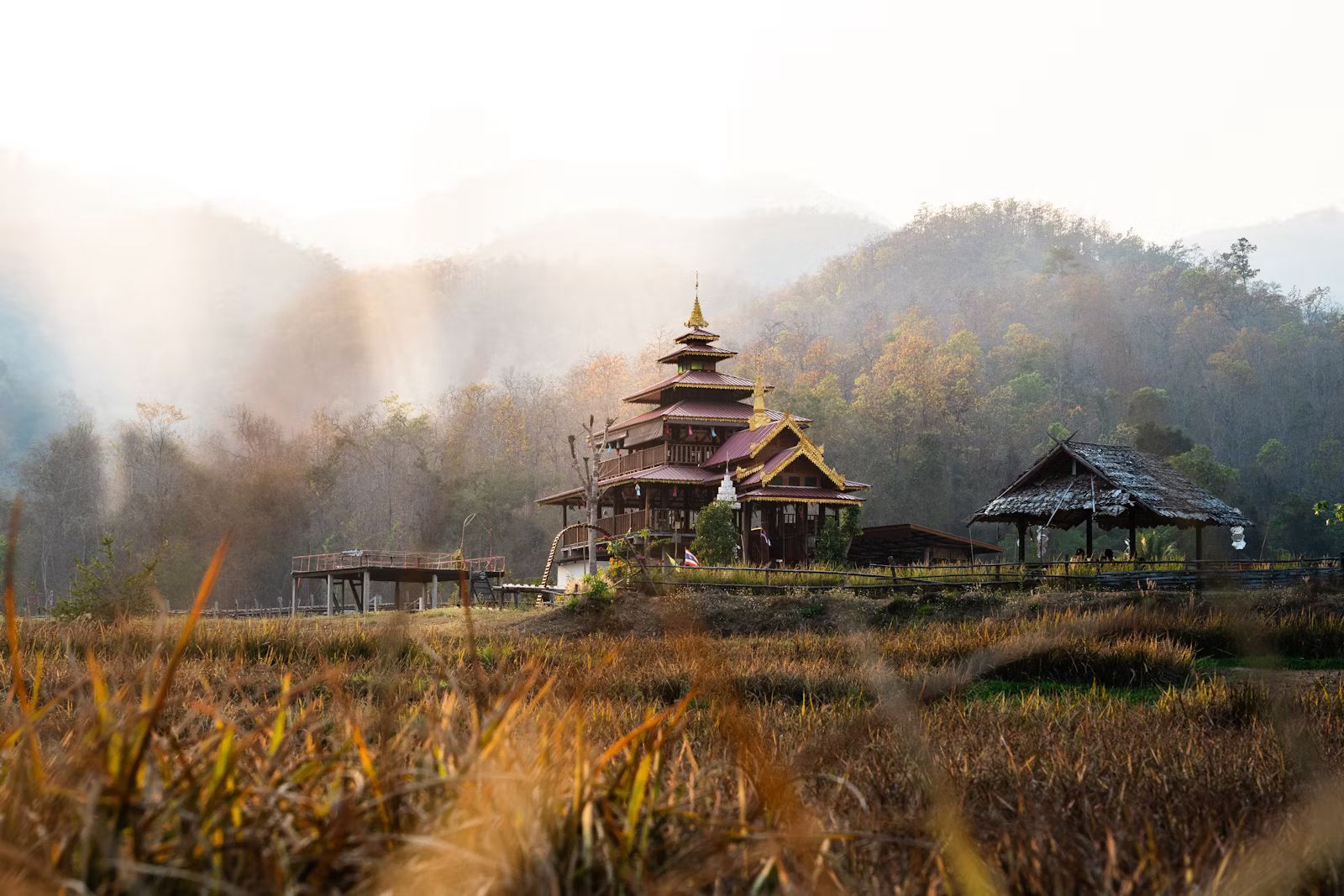
Pai is the place to go if you want to immerse yourself in nature. The town is surrounded by valleys, waterfalls, and dirt tracks that are easy to explore by scooter. The most popular spot is Pai Canyon, which is completely free. It is a rugged maze of narrow ridges and orange cliffs that glow at sunset.
Nearby, the Land Split is a small farm that welcomes visitors on a donation basis. They often serve fresh fruit and juice made from their own produce. Pam Bok and Mor Paeng waterfalls are free and make great swimming spots on warm afternoons. Evenings are best spent at the night market in town, which turns the main street into a laid-back mix of food stalls and live music.
4. The Mae Hong Son Loop
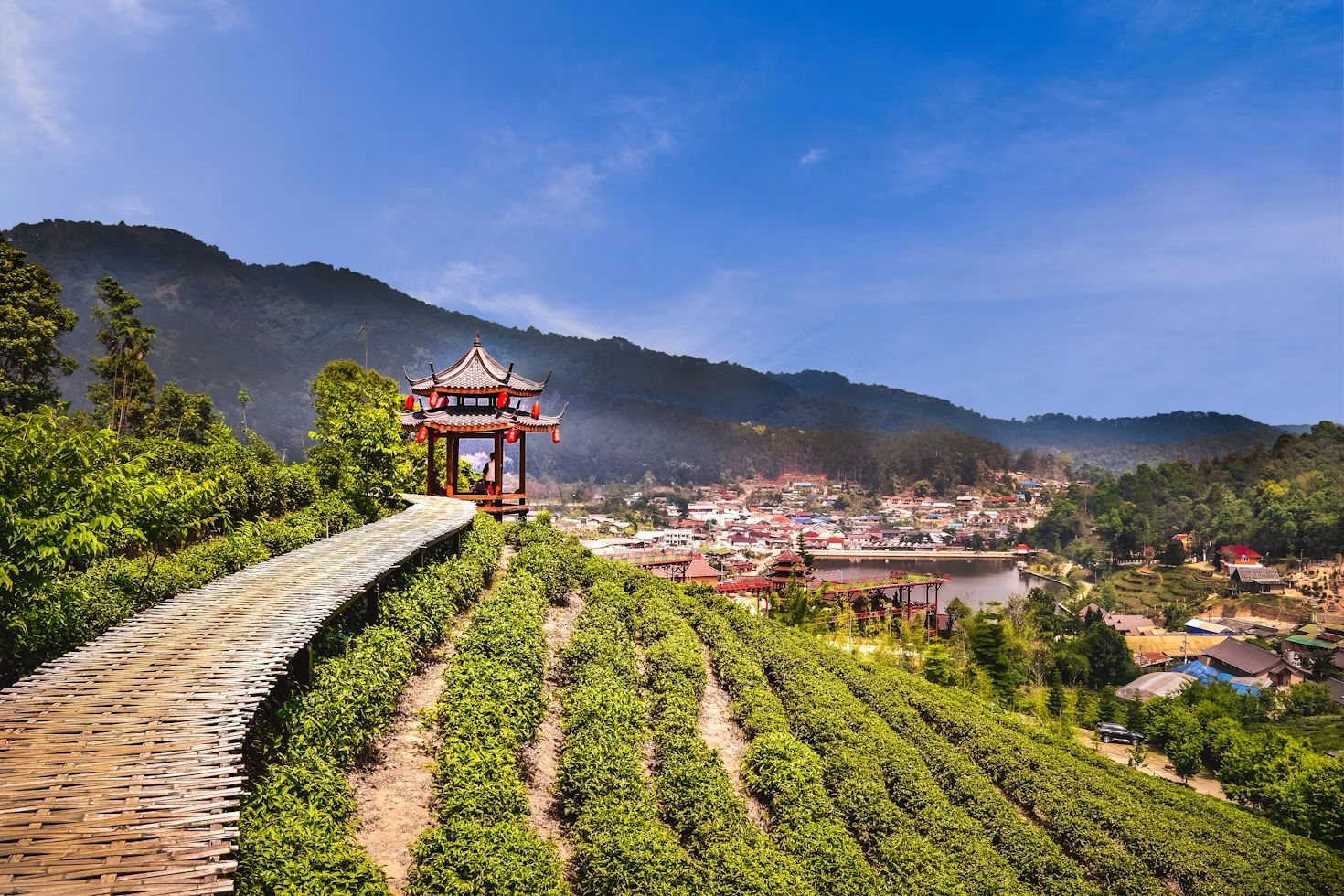
If you have a week to spare, the Mae Hong Son Loop is one of the best road trips in Thailand. The 600-kilometre circuit runs from Chiang Mai to Pai, Mae Hong Son, and back again through small mountain villages.
Tour companies sell packages for around 14,000 baht, but you can do the same trip independently for a fraction of that. Renting a scooter for the week costs roughly 1,700 baht, including fuel. That works out to about 240 baht a day, the same price as a single bus fare. You get to stop wherever you like, from roadside temples to hidden waterfalls, without the rush of a tour schedule.
Accommodation along the route is simple and cheap. Guesthouses in Pai and Mae Hong Son average 200 to 400 baht a night, often with private bathrooms and hot showers. Night markets in both towns offer plenty of affordable food, so you can keep daily costs within the 1,000-baht target.
How to stretch your baht
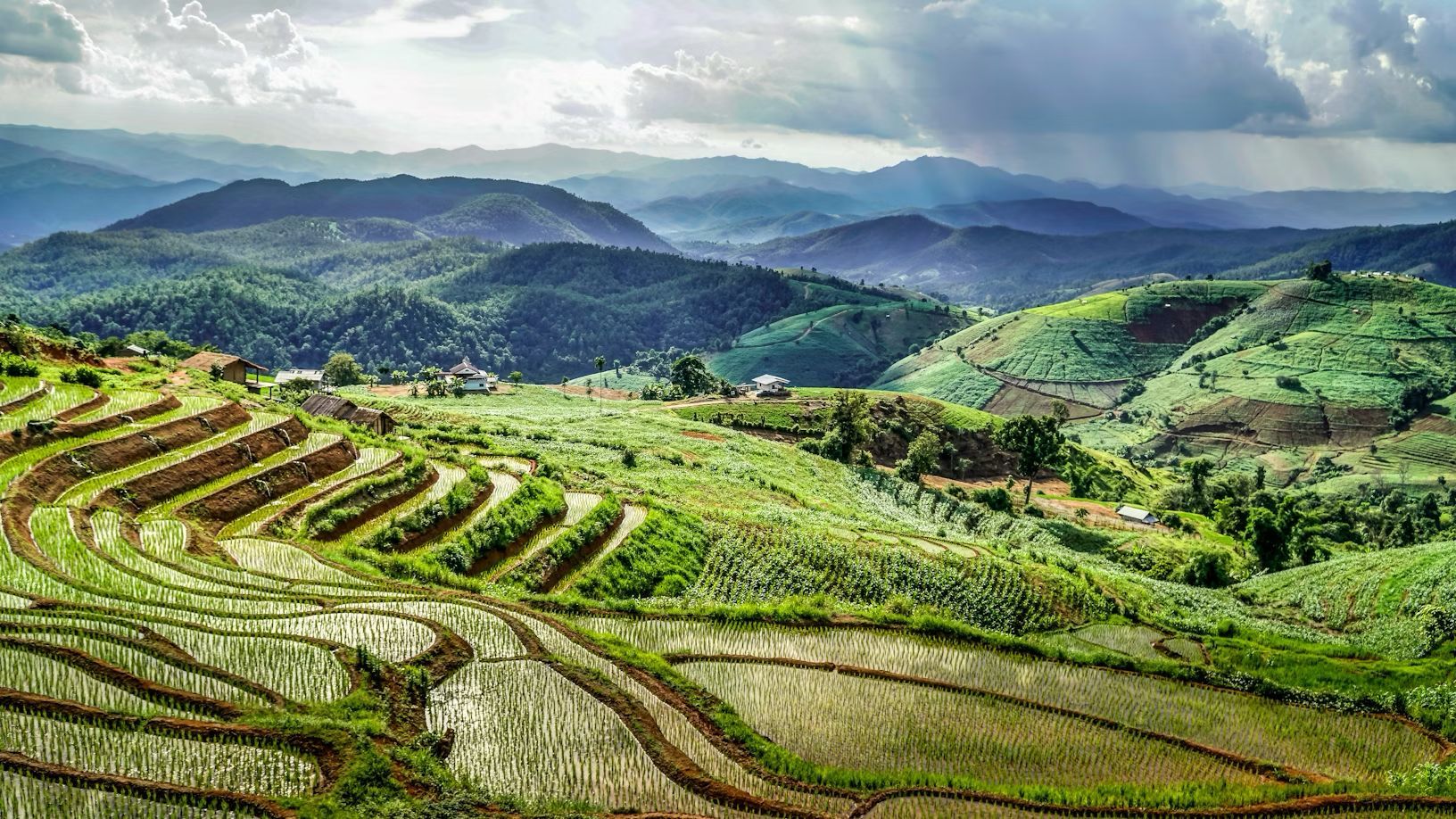
You can travel comfortably on around 1,000 baht a day if you focus on local food and basic accommodation. That is roughly US$25 to US$30 a day.
Chiang Mai has plenty of good hostels and guesthouses that range from 300 to 400 baht for a dorm bed. In smaller towns like Pai or Mae Hong Son, you can find private rooms for 200 to 300 baht, sometimes less if you walk in and ask directly. Prices go up at weekends, so travel midweek when possible.
Food in Northern Thailand is one of life’s great joys, and it does not need to be expensive. Street food stalls and night markets are full of dishes that cost between 40 and 80 baht. A steaming bowl of Khao Soi, the region’s signature coconut curry noodle soup, might set you back 50 baht. Grilled meat skewers, fried rice, and curries are all in the same range. A full day of eating can easily stay under 300 baht.
Chiang Mai’s Chang Puak Gate Night Market is famous among locals for its slow-cooked pork leg rice and noodle soups. The Sunday Walking Street market is another must, where you can try all kinds of Lanna-style snacks. If you ever want a restaurant meal or a café break, Chiang Mai and Pai have dozens of affordable options where mains still hover around 100 baht.
How to stay safe during your Northern Thailand trip this winter

Travelling on a budget doesn’t mean taking risks with your health or plans. Having travel insurance gives you peace of mind when things go off track, especially when you are far from home.
SafetyWing offers flexible travel and health insurance made for long-term travellers, digital nomads, and anyone who works remotely. Their Nomad Insurance covers medical emergencies, accidents, and even adventurous activities like rock climbing, water sports, or trekking. It also helps if your trip gets interrupted or your luggage goes missing. You can start or stop your plan anytime, which is perfect if you are staying in Thailand for a few months or moving between countries.
If you are travelling as a couple or family, or working remotely while you explore, SafetyWing now has Nomad Citizen, a new global membership that protects your health, income, and travels wherever you go. It is built for people who live life without borders.
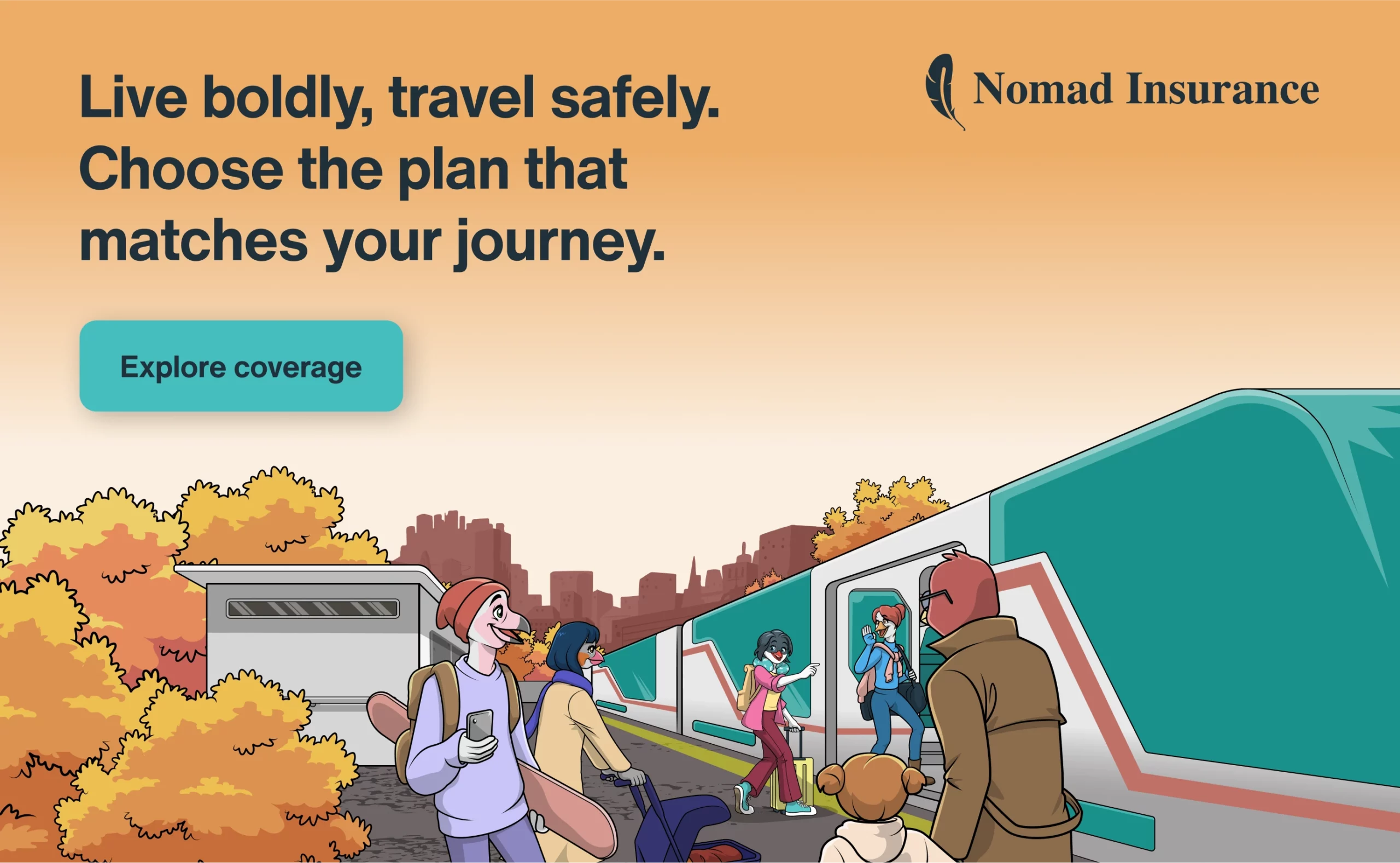
The insurance comes in two options: Nomad Insurance Essential, which covers medical care, evacuation, and travel mishaps for up to 364 days, and Nomad Insurance Complete, which includes full health insurance, wellness care, mental health support, and cancer treatment, renewable indefinitely. Both plans give access to 24/7 human support and a quick claims process that can be done online from anywhere.
You can buy SafetyWing insurance even while already abroad, and coverage applies in over 180 countries. It’s simple, flexible, and designed for people who don’t want borders to get in the way of freedom.
The north rewards those who are curious. Walk a little further, take a road less marked, and you’ll find hill temples, steaming street food stalls, and locals who still have time for conversation. You’ll realise how far 1,000 baht can really take you, and how the best parts of Northern Thailand don’t cost a thing.
And for peace of mind while you roam, SafetyWing has travel covers made for nomads, so you can explore freely knowing you’re looked after wherever the road takes you.
ดูโพสต์นี้บน Instagram
Sponsored
Latest Thailand News
Follow The Thaiger on Google News:




